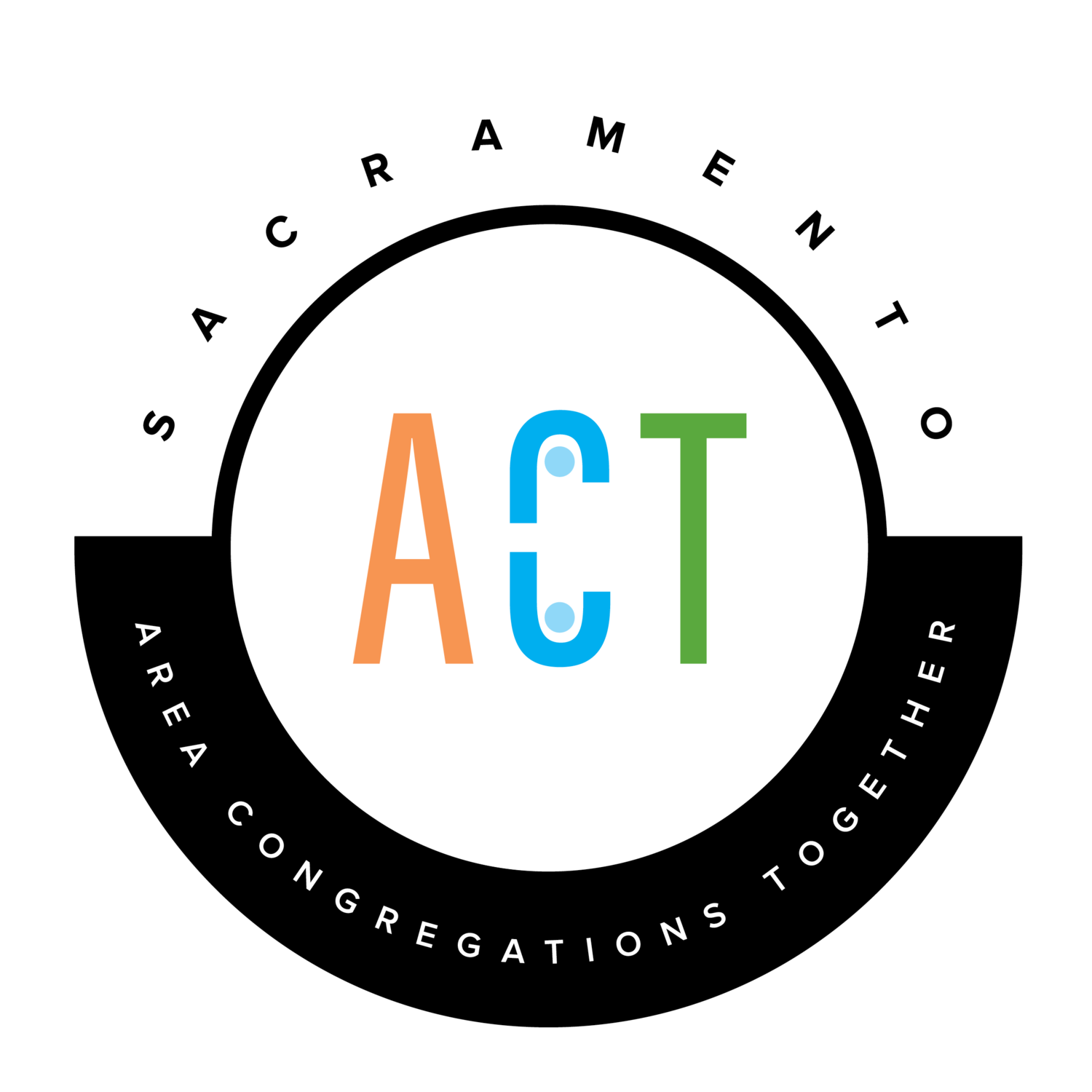(This commentary is provided by Sacramento ACT’s LIVE FREE Committee. ACT is an alliance of faith leaders, congregants, and community members committed to pushing criminal justice reform through faith-based organizing.)
In the wake of the COVID-19 pandemic, Sacramento’s Black and Brown communities require dedicated investment from the City of Sacramento. As the city re-opens, it is bracing for a wave of violence, the leading edge of which we are witnessing in our own homes and neighborhoods. This is largely due to a lack of opportunities for our youth and insufficient resources to cover basic needs for their families.
The pattern of disinvestment and neglect in vulnerable communities that the city has demonstrated for decades must end. Those who bore the brunt of the COVID-19 pandemic deserve investment of American Rescue Plan funds into their communities to begin to heal.
Rather than exhausting funds to mitigate the lethal consequences of gun violence, or sending more police into our neighborhoods, the city must invest in communities to alleviate the underlying causes and prevent gun violence from happening.
The city must act proactively and urgently.
A shift in the city’s gang violence prevention strategy must prioritize long-term, adequate funding and evidence-based community programs, in order to properly address the 50 percent increase in gun homicides Sacramento has experienced during COVID-19, part of a significant nationwide uptick in gun violence.
Last month, the City Council proposed to increase the Sacramento Police Department’s budget by over $8 million on top of its current budget of $156 million, and then proposed a mere $1 million for violence prevention, the same amount that’s been provided annually since 2016.
Moreover, the Department of Violence Prevention proposed defunding two CBO’s currently doing intervention work, Advance Peace and Healing the Hood. Effective violence prevention must target those who are at highest risk for being both victims and perpetrators of violence to effectively engage and provide them with wraparound services that center conflict resolution, mentoring, job training, and trauma healing.
Both organizations have strategies and relationships with impacted community members that cannot be replaced, as well as data and evaluation reports to prove their impact.
The scope of violence in Sacramento is not one that can be solved by punitive, carceral measures. We have witnessed Sacramento law enforcement try this approach for over a decade and fail to significantly lower gun violence rates in our most vulnerable neighborhoods.
To approve the proposed violence prevention strategy without amendment would be to risk the deaths of many Sacramento residents. The issue of gun violence is not a one-solution problem. Prioritizing arrest and incarceration only fuels this cycle, whereas community programs work to resolve the root causes, and as such require a long-term strategy.
As such, we request that the city:
Commit to a minimum investment of eight percent of ARP funding ($9.7 million) towards community-based violence intervention and prevention programs, in line with federal guidelines. Considering each gun homicide costs the city $1.2 million, this investment of ARP funds has the potential to reap substantial societal dividends.
Expand the number of organizations that receive funding, and prioritize those that have demonstrated long-standing commitment to Sacramento’s most vulnerable populations.
Be transparent in the process with which grant recipient organizations are chosen (criteria, panelists).
A unique opportunity presents itself in the $121 million the City of Sacramento will be receiving, of which the U.S. Treasury ARP Spending Guidelines suggests should be spent on “evidence-based community violence intervention programs to prevent violence and mitigate the increase in violence during the pandemic.”
We look forward to working with the City to ensure investment in programs that will truly meet the needs of communities who have struggled most under the dual weights of the pandemic and of gun violence.

